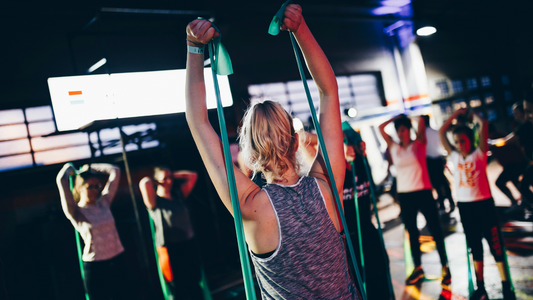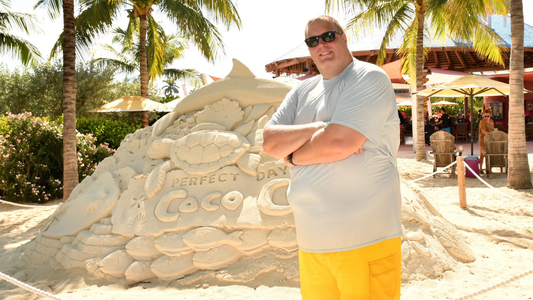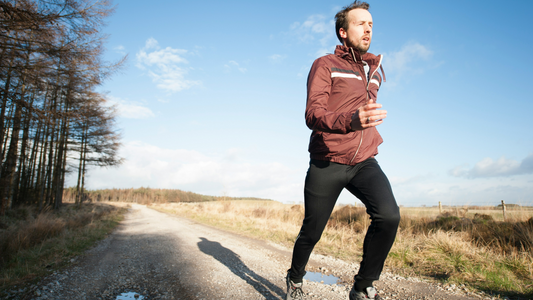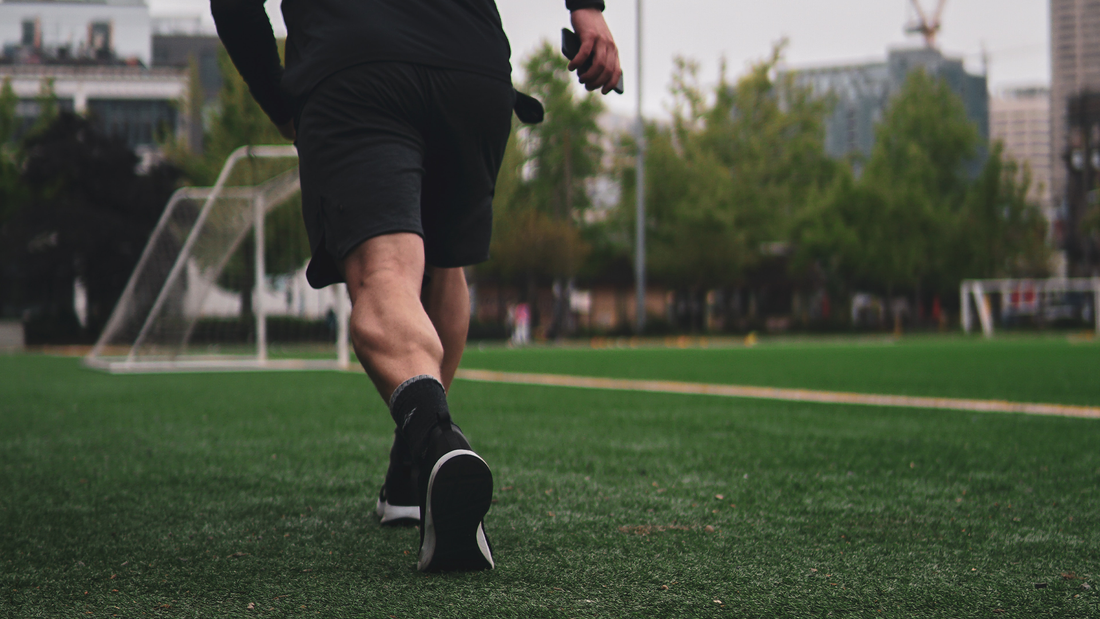
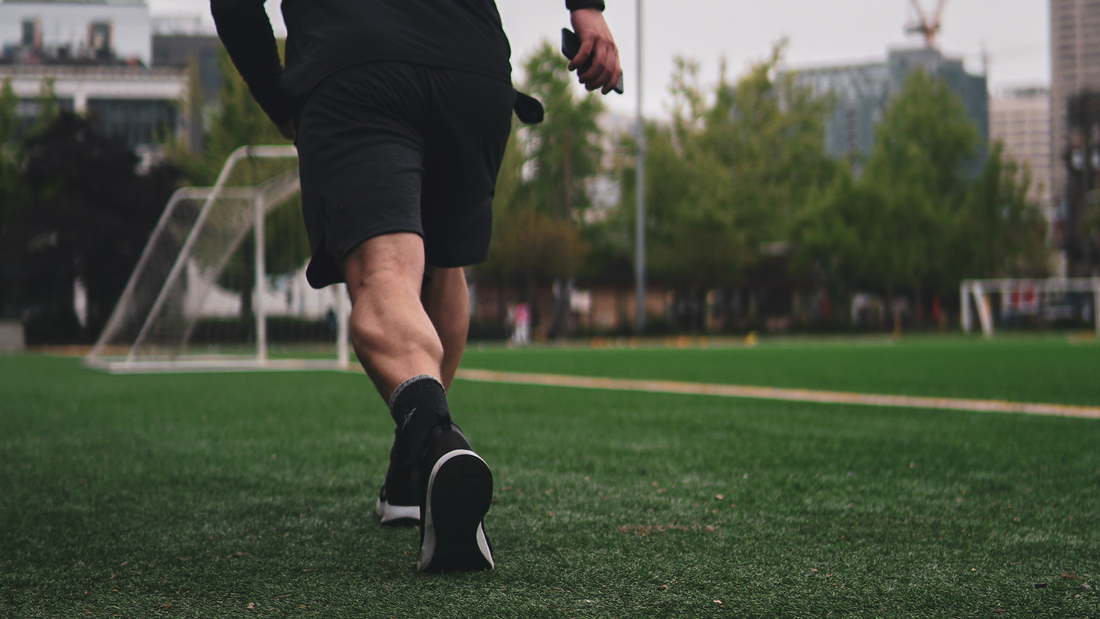
How To Grow More Muscular Calves and Why It Might Take Time
Calf muscles are important for an active lifestyle. They power your jumps, drive your runs and support your body with every step you take. Do you wish you had firmer, stronger and larger calves?
This guide from ZOZOFIT can show you how to grow calves gradually.
How To Grow Calves With Weight Training and Aerobic Activities
There are a variety of ways to switch up your workout and target your calves at the same time.
Learn To Love Calf Raises
Calf raises are your bread and butter for calf growth. You can do single- or double-leg calf raises by resting your weight on the balls of your feet, staying perfectly vertical and pushing your heels upward. Hold that position for a few seconds, then lower your heels and repeat. As you gain more experience, add dumbbells or resistance bands to increase the difficulty.
Try Raised-Heel Plie Squats
A raised-heel plie squat combines the leg-boosting power of squats and calf raises in one. Start with your feet apart for a calf raise, but turn your heels inward (into a V shape). Holding this position, bend your knees and perform a squat. Mastering this type of plie squat can improve your balance and muscle tone, too.
Jump a Rope
Simple and cheap, a jump rope can be surprisingly effective at targeting your calves and increasing your endurance at the same time. It’s a great whole-body exercise for your heart, too.
Climb Some Stairs
Finding out how to grow your calves doesn’t require a gym membership. Climbing stairs at a mall or apartment building can shift your calf muscles into overdrive. Keep your speed up to maximize your benefits.
Hike a Hill
Any relatively steep incline at a park or hiking trail near your home can challenge your calves. For an added challenge, try jogging uphill instead of walking.
Sprint for a Change
Long-distance runs are great for your overall lower body performance, but to give your calves a workout, sprinting is better. The idea is to run in short, powerful bursts. Try to hit your top speed for 10-20 seconds and repeat four to six times.
Why It Takes Time To Build Calf Muscles
The calf muscles are one of the most challenging muscle groups to train — even for longtime fitness enthusiasts. Why are calves so hard to grow?
Hereditary Factors
Genetics may play a role in how hard or easy it is to gain muscle. Some people seem to be born with a propensity for larger calf muscles. If the majority of your relatives have small calves, you may need to work harder than normal to get the gains you’re looking for.
Body Weight
Ironically, losing weight can make you struggle to grow your calves. The reason comes down to gravity. The less you weigh, the less effort your leg muscles need to carry you around, so your calves don’t get much of a workout during the day. Of course, achieving healthy weight loss goals is a good thing, especially for your heart, joints and tendons.
Age-Related Muscle Loss
It can be more challenging to figure out how to grow calves once you hit a certain age. As you get older, your body loses muscle mass more quickly. Staying active helps, but it still takes dedication to keep your calf muscles in prime shape. You may need to target specific muscle groups for good results.
What You Can Do To Have Greater Success With Calf Exercises
You may need to try a variety of things (not at the same time) to breathe life into those struggling calf muscles. The following tips can give you some ideas.
Focus on Your Workout
Some people at the gym like to use the treadmill or exercise bike while watching YouTube videos. That kind of “path of least resistance” thinking isn’t going to snag you those golden calves you want. With such stubborn muscles, you need high-intensity exercise. If you’re barely breaking a sweat, you’re not working your calf muscles enough.
Avoid Injuries
Some soreness is normal when exercising your calf muscles. It means you’ve achieved your goal of tearing down old muscles to build new, stronger ones. That said, leg workouts shouldn’t cause you physical pain.
Take the time to learn the correct posture for different exercises. Warm up before any type of fitness, including tennis, jogging and biking. For weight training, start with smaller weights and gradually work your way up.
Keep Up the Pressure
The number of sets and reps you do can also affect your muscle gain. Finding out how to grow your calves means finding the right balance of repetitions:
- For stronger calves: Prioritize fewer reps, heavier weights and moderate rest periods to build muscle strength. For example, you can shoot for six reps and three sets with weights that are challenging but doable.
- For larger calves: If calf size is your main goal, high-intensity exercise is key. Aim for 12-15 reps and three to four sets. Only rest 30-90 seconds between sets to keep the pressure on your calves.
- For better endurance: To help your calves go the distance, set aside time for cardiovascular activities in addition to some light weight training. Perform 25 or more reps and three to five sets of calf exercises, and then finish up with 20-30 minutes of cycling.
If you’re doing things right, the number of sets and reps you do should require effort but not go beyond your limits. The total depends on your current fitness level and experience level. Push yourself without overdoing it.
Work Your Calves Every Day for a Month
This tip may catch you by surprise. Aren’t you supposed to wait 24 hours before hitting the same muscle group again? Normally, yes, but calves are an exception to the rule. Change up the exercises, but make sure they involve your calf muscles. Try to work your way to four to six sets and 10-15 reps a day.
How To Grow Calves Gradually
Learning how to grow your calves is the first step. You also need to be determined, consistent and patient. As long as you don’t give up, you can reach your goals gradually. Discover how ZOZOFIT can help you stay motivated. When you can measure muscle growth precisely while using the ZOZOFIT app, you feel proud of small gains and propel yourself toward larger goals.

![zf-w-[168px] zf-h-[40px]](http://zozofit.com/cdn/shop/t/15/assets/logo-desktop.png?v=117713855448369080381753069598)
